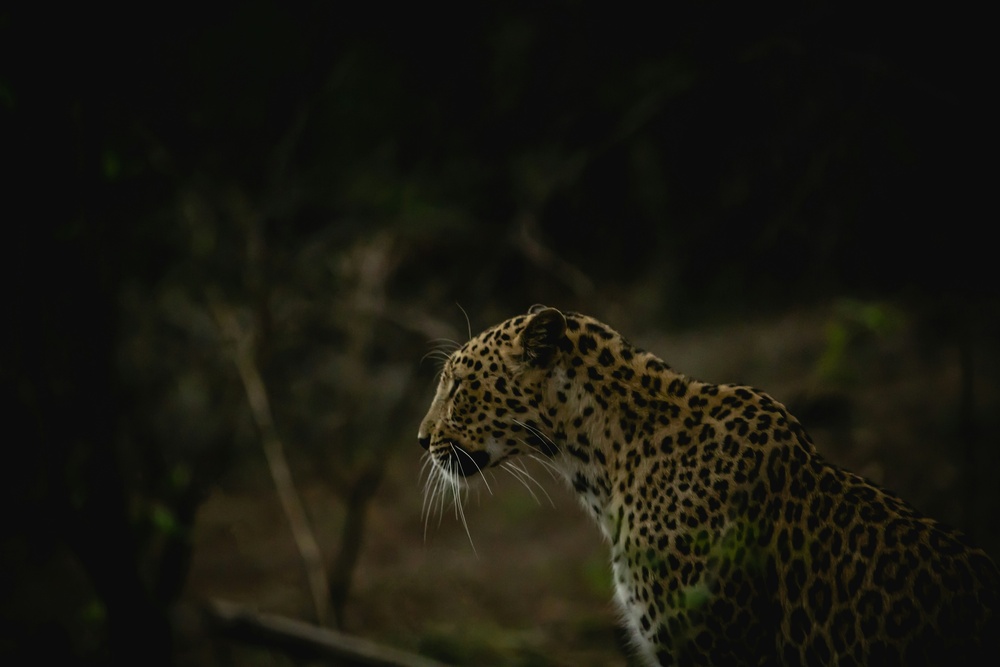Tucked away in the rugged terrain of Gujarat, Gir National Park stands as the last refuge of the endangered Asiatic lion. Spread across 1,400 square kilometers of dry deciduous forests, grasslands, and rocky hills, Gir is more than just a sanctuary—it’s a thrilling wilderness that calls out to wildlife enthusiasts, photographers, and adventure seekers. Whether you’re after the roar of a lion echoing through the trees or the quiet serenity of a nature trail, timing your visit is key. In this guide, we uncover the best time to visit Gir National Park for unforgettable lion safaris and immersive nature walks.
Why Gir National Park?
Gir is one of India’s most iconic wildlife destinations, primarily known for its population of Asiatic lions, which were once on the brink of extinction. Along with these majestic big cats, Gir is also home to leopards, sambar deer, chinkara, hyenas, jackals, mugger crocodiles, and over 300 bird species. A safari here isn’t just a chance to spot lions—it’s an opportunity to witness the richness of Indian biodiversity.
Best Time to Visit Gir National Park
The park is open to visitors from mid-October to mid-June, closing during the monsoon months (mid-June to mid-October) for both safety and conservation purposes. But within this open season, when is the ideal time to visit?
The best time to visit Gir National Park depends on what kind of experience you seek—pleasant weather, high chances of lion sightings, or serene, crowd-free nature trails.
Let’s explore the park seasonally:
1. Winter (November to February): The Ideal Safari Season
Temperature: 10°C to 25°C
Why It’s the Best:
Winter is the most comfortable and popular season to explore Gir. The weather is cool and ideal for both jeep safaris and nature walks. Animals are more active during the day, and the dry landscape improves visibility, making it easier to spot lions and other wildlife.
Highlights:
- Peak season for lion safaris
- Great for birdwatching—migratory species flock to the park
- Perfect conditions for photography and nature trails
Tip: Book accommodations and safari permits in advance to avoid last-minute unavailability.
2. Summer (March to Mid-June): Fewer Crowds, Better Sightings
Temperature: 28°C to 45°C
Why Visit Now:
Summer might be hot, but it is excellent for lion sightings. The dry heat draws animals toward water sources, increasing the chances of encountering lions and leopards. While the climate can be intense, early morning and late evening safaris remain enjoyable and rewarding.
Highlights:
- High chances of spotting lions near waterholes
- Lesser tourist traffic, offering a quieter experience
- Discounted rates on accommodations
Tip: Safaris are best done early in the morning or late in the afternoon. Wear light cotton clothes and carry plenty of water.
3. Monsoon (Mid-June to Mid-October): Park Closed, But Nature Blooms
Temperature: 25°C to 35°C
Why It’s Off-Limits:
Gir remains closed during the monsoon season due to heavy rains, poor road conditions, and to provide a peaceful breeding period for the animals. However, the landscape becomes lush and green, revitalizing the park’s ecosystem.
Alternate Option: The Devalia Safari Park or Gir Interpretation Zone may remain open during this time, offering a controlled environment to see lions and other wildlife from closed vehicles.
Tip: Always check with the forest department if Devalia is operational before planning a visit during the monsoon.
Best Months for Lion Safaris
If your main goal is to witness the Asiatic lion in its natural habitat, the best months are:
- November to March: Comfortable weather and excellent visibility
- April and May: Peak lion sighting season due to dry conditions, though temperatures soar
These months also offer a chance to see other animals like the Indian leopard, spotted deer, and various birds, making your safari experience even richer.
Exploring Nature Trails in Gir
Gir isn’t just about jeep safaris. The park also offers serene nature trails around the buffer zone and eco-tourism sites. These trails are best enjoyed during the cooler months of December to February. Guided walks led by trained forest officials provide insight into the park’s unique vegetation, bird species, and smaller mammals.
Top Nature Trail Experiences:
- Early morning birdwatching walks
- Photography trails through teak and flame-of-the-forest trees
- Interpretation centers and eco-education programs
Tip: Always go with a registered guide and follow forest rules strictly to protect both yourself and the park’s fragile ecosystem.
Planning Your Visit: Practical Information
- How to Reach:
- Nearest airport: Rajkot (160 km)
- Nearest railway station: Junagadh or Veraval
- By road: Well-connected to Ahmedabad, Rajkot, and Somnath
- Nearest airport: Rajkot (160 km)
- Safari Booking:
- Book online via the Gujarat Forest Department website
- Safaris operate in two shifts—morning and evening
- Carry a valid photo ID during entry
- Book online via the Gujarat Forest Department website
- What to Carry:
- Binoculars, camera with zoom lens
- Sunscreen, insect repellent, hat
- Reusable water bottle, snacks
- Light woolens during winter and breathable fabrics in summer
- Binoculars, camera with zoom lens
Conclusion
Gir National Park is a wildlife destination like no other. Whether you’re chasing the thrill of a lion safari or immersing yourself in tranquil nature trails, the timing of your visit matters immensely. The best time to visit Gir National Park is from November to March, when weather conditions are ideal, and the wildlife activity is high. However, if you’re up for an adventure and can brave the heat, the summer months offer an unmatched chance to see lions up close.
So, pack your camera, lace up your boots, and get ready to explore the wild heart of Gujarat—Gir awaits.


